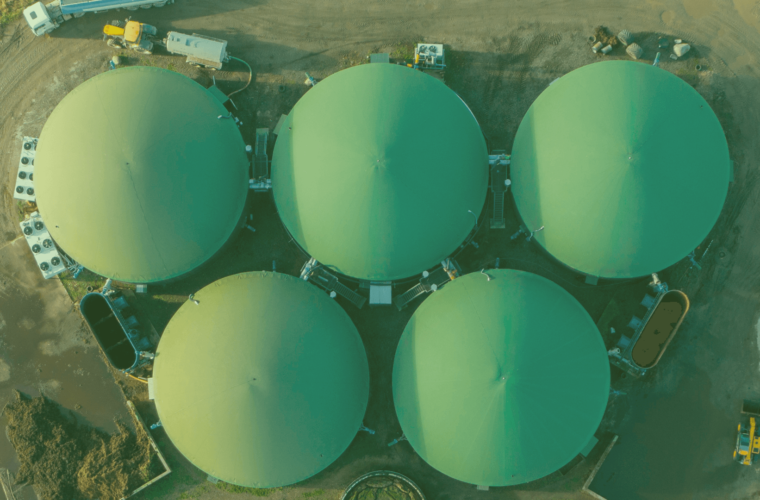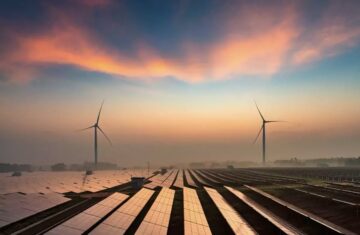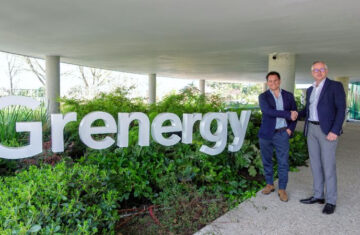The Growing Landscape of Bioenergy in Spain
Bioenergy is rapidly emerging as a crucial component of Spain’s renewable energy portfolio. With its diverse agricultural sector and abundant biomass resources, Spain is well-positioned to harness bioenergy for sustainable development. This article explores the current state of bioenergy in Spain, its potential, challenges, and future prospects, while providing key statistics and insights from official sources.
Understanding Bioenergy
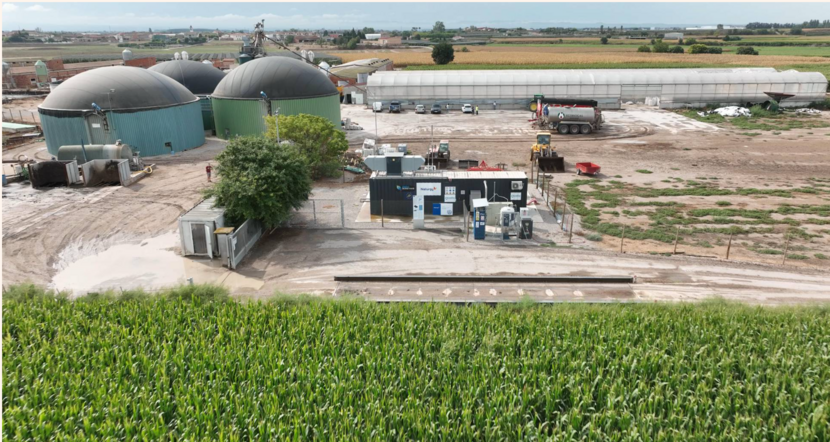
What is Bioenergy?
Bioenergy is derived from organic materials, including plant and animal waste, that can be converted into heat, electricity, or biofuels. It is a renewable energy source and can be classified into several categories:
- Biomass: Organic materials used directly for energy production.
- Biofuels: Fuels produced from biomass, such as biodiesel and bioethanol.
- Biogas: Gaseous fuel produced through the anaerobic digestion of organic matter.
Importance of Bioenergy in Spain
Bioenergy plays a significant role in Spain’s energy landscape. It contributes to energy security, reduces greenhouse gas emissions, and supports rural development. As of 2022, bioenergy accounts for approximately 8% of Spain’s total energy consumption, highlighting its growing significance in the renewable energy mix.
Current Bioenergy Capacity in Spain
Installed Bioenergy Capacity
As of 2022, Spain’s total installed bioenergy capacity is approximately 5,000 MW. This capacity is derived from various sources, including biomass power plants, biogas facilities, and biofuel production plants.
Key Statistics
- Total Installed Bioenergy Capacity: 5,000 MW
- Annual Bioenergy Generation (2022): Approximately 25 TWh
- Percentage of Total Electricity Generation: 8%
Major Bioenergy Facilities in Spain
Spain is home to several significant bioenergy facilities, including:
- La Loma Biomass Power Plant: Located in Ciudad Real, with a capacity of 50 MW.
- Biogas Plant in Málaga: This facility processes organic waste to produce biogas for electricity generation and heat.
- Pioneer Bioethanol Plant in Salamanca: A key player in biofuel production, focusing on local agricultural residues.
The Role of Bioenergy in Spain’s Renewable Energy Strategy
National Energy and Climate Plan (NECP)
Spain’s National Energy and Climate Plan (NECP) outlines the country’s commitment to increasing the share of renewable energy sources, with bioenergy playing a vital role. The plan aims for 74% of electricity generation to come from renewable sources by 2030.
EU Regulations and Support
As a member of the European Union, Spain adheres to various regulations aimed at promoting renewable energy. The EU Renewable Energy Directive sets ambitious targets for member states, including increasing the use of bioenergy.
Advantages of Bioenergy
Renewable and Sustainable
Bioenergy is renewable and sustainable, as it utilizes organic materials that can be replenished through agricultural practices. This reduces dependence on fossil fuels and lowers carbon emissions.
Waste Management Solutions
Bioenergy provides an effective solution for waste management. Organic waste from agriculture, forestry, and municipal sources can be converted into energy, reducing landfill use and associated emissions.
Rural Development and Job Creation
The bioenergy sector contributes to rural development by creating jobs in biomass production, processing, and energy generation. According to the Spanish Bioenergy Association (AEBIOM), the sector could generate approximately 50,000 jobs by 2030.
Challenges Facing Bioenergy in Spain
Competition for Resources
Bioenergy production often competes with food production for agricultural resources. This competition can lead to rising food prices and concerns about food security.
Technological and Infrastructure Barriers
The bioenergy sector faces challenges related to technology and infrastructure. Many bioenergy facilities require significant investment in advanced technologies and distribution networks.
Regulatory and Bureaucratic Hurdles
Navigating the regulatory landscape for bioenergy projects can be complex. Delays in obtaining permits and approvals can hinder the development of new projects.
Future Prospects for Bioenergy in Spain
Technological Innovations
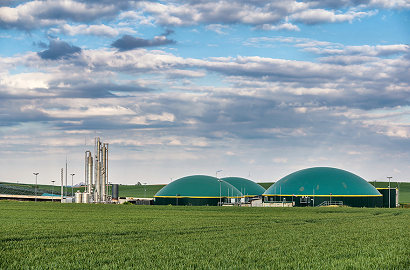
Advancements in technology can enhance the efficiency and sustainability of bioenergy production. Innovations such as improved anaerobic digestion processes and advanced biofuel production methods can increase yield and reduce costs.
Expansion of Biomass Resources
Spain has significant potential to expand its biomass resources. Agricultural residues, forestry by-products, and organic waste from urban areas can be utilized to boost bioenergy production.
Integration with Other Renewable Sources
Integrating bioenergy with other renewable energy sources, such as solar and wind, can enhance energy security and grid stability. This hybrid approach can help balance supply and demand, particularly during fluctuating weather conditions.
Conclusion
Bioenergy is a vital component of Spain’s renewable energy landscape, offering numerous benefits for energy security, waste management, and rural development. With its extensive capacity and potential for growth, bioenergy can play a crucial role in achieving Spain’s energy and climate goals. While challenges remain, technological innovations and supportive policies can help Spain harness its bioenergy potential for a sustainable future.
References
- Spanish National Energy and Climate Plan (NECP)
- Spanish Bioenergy Association (AEBIOM)
- Ministry for the Ecological Transition
- International Energy Agency (IEA)
- European Commission – Renewable Energy
